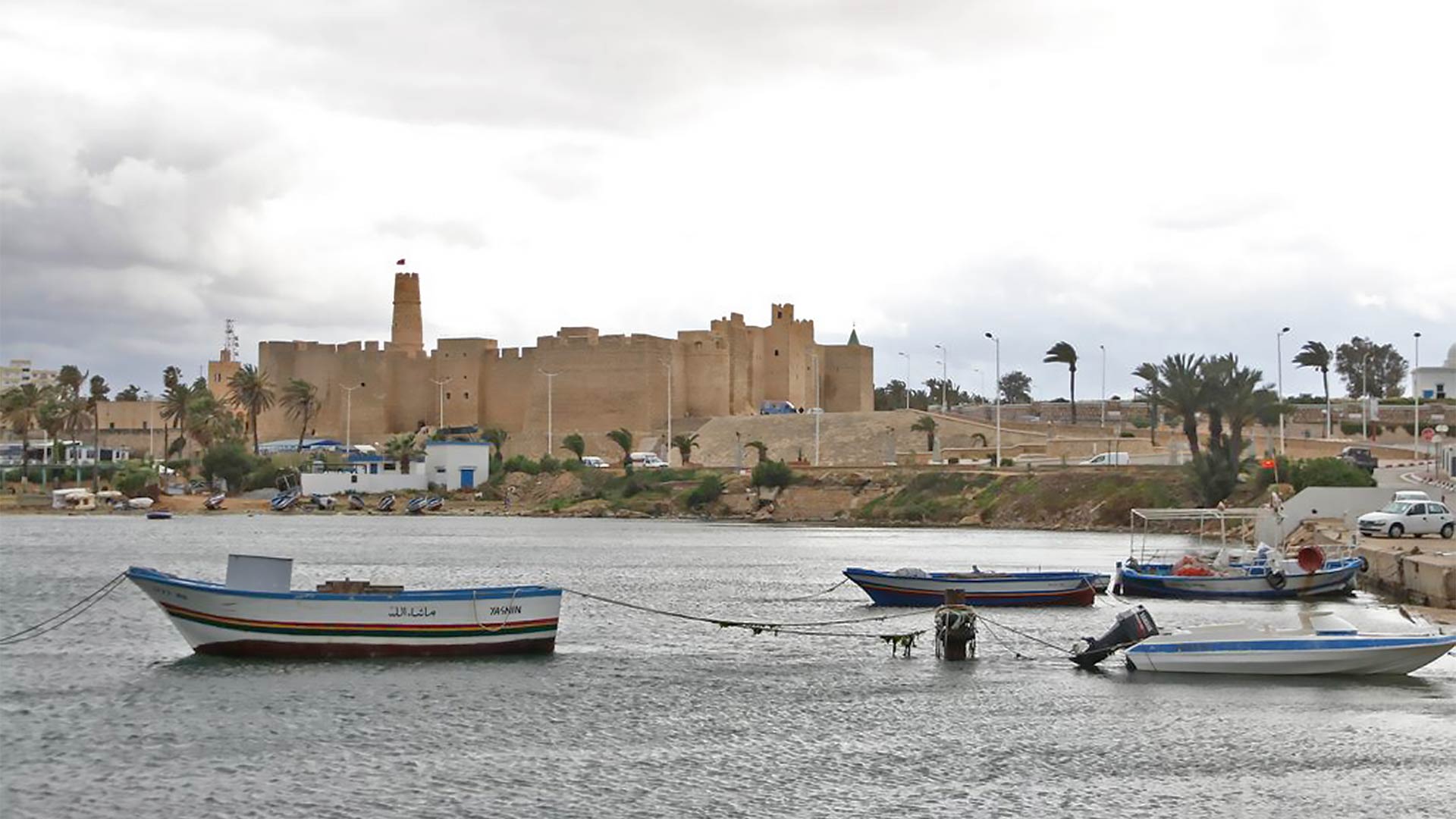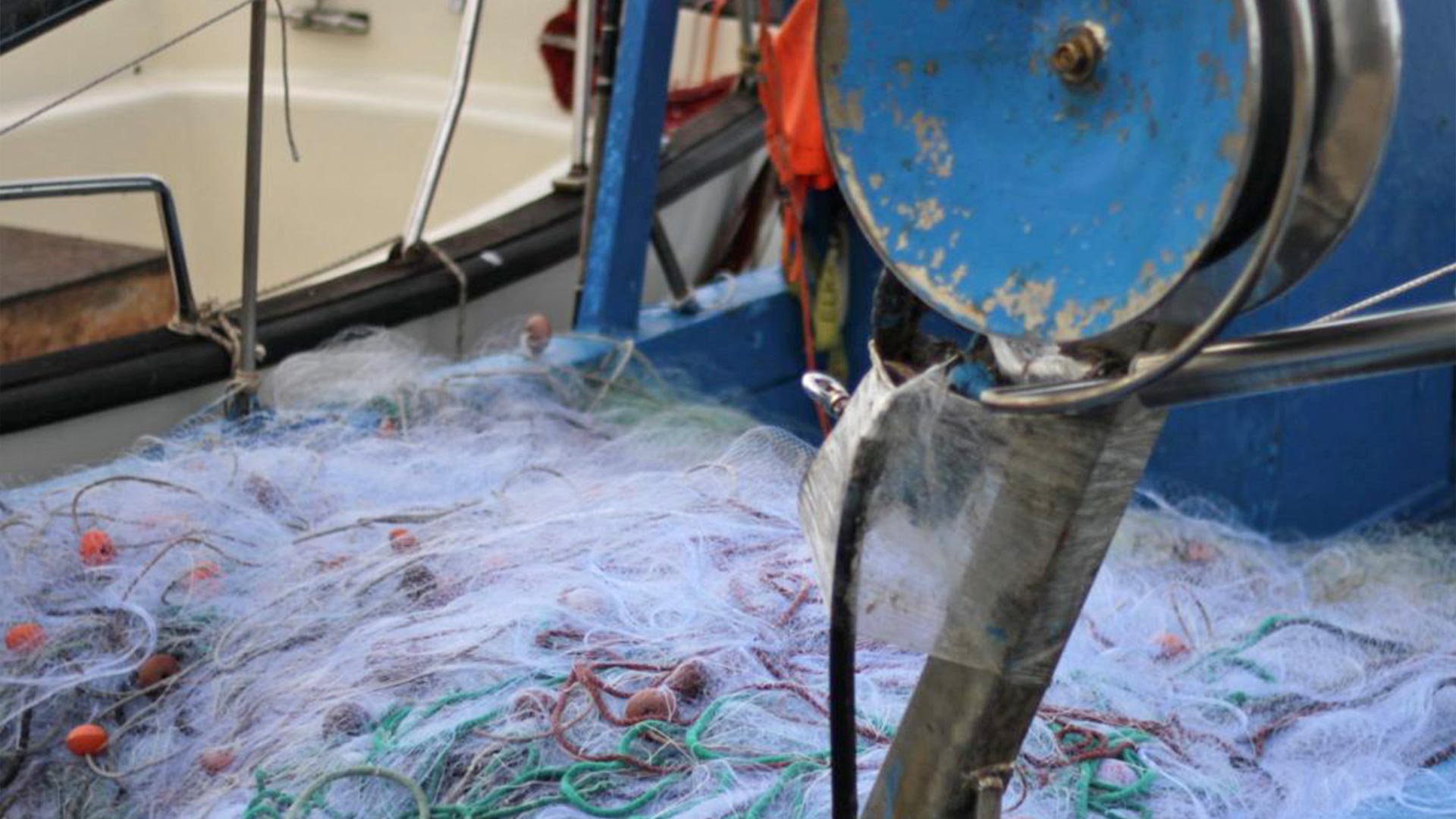Embrace the complexity with a broader diagnosis

Embrace the complexity with a broader diagnosis
“Most importantly, the stated goals of MPAs or conservation project should be realistic and developed in consultation with stakeholders.” [1]
To make sure a conservation project is sustainable, it is important to include socioeconomic dynamics. Thus, the objectives of the project should tackle both natural issues as well as socio-economic issues in a sustainable development approach. Projects which only focus on one emblematic species without including economic development and social inclusion are not a long-term solution.
Conservation process should not be based only on ecosystem relation but based on human behaviour with the ecosystem in order to facilitate the change. Having a clear definition of the root of the problem with an environmental diagnosis plus a socio-economic and cultural diagnosis is a prerequisite for improving the conservation approach and to gain effectiveness. Moreover, it is necessary that all the actors recognize a shared ideal, involve in the realisation of the objectives [2]. Thus, participation becomes the place to learn mutual respect facilitating mutual respect between actors [3]. Drawing this diagnosis should involve local stakeholders and enable them to be proactive in their proposals.

However, today, the way conservation engages the community is insufficient [4]. Research shows that effective nature conservation benefits more than just the plants and animals being conserved — it also benefits local community as a whole, as we depend on the environment for our health and well-being. Furthermore, learning from community experiences and adapting solutions over time can improve conservation efforts globally. Thus, it is important to replace humans in the core of conservation projects [5] to guarantee its efficiency and sustainability.
Finally, the best way to embrace the complexity seems to realise an integrated diagnosis. The diagnosis of the context should be completed with a better understanding of socio-economic, cultural dynamic and previous project taking place in the area. In this lineage of Julien Dossier, in Renaissance écologique, 24 chantiers pour le monde de demain, is thinking the sustainable city by revisiting the fresco of Lorenzetti [6], BlueSeeds aims to realise a broader diagnosis of the sustainable coastal area.

This diagnosis should involve and understand the three levies of conservation:
- “General interest” which implies the classic conservation actors as marine protected areas (MPAs) managed by the public sector with environmental agencies, local and regional NGOs and philanthropic aid.
- “Infrastructures” which refer to public infrastructures as wastewater management, waste sorting infrastructure, extended sanitation systems etc.
- And, “Blue Economy” which refers to local entrepreneurship and participation of the private sector. Considering the three approaches at the same time in the diagnosis enable to overcome the classic compartmentalized project approach. The global approach implies an effort to broaden the view and construct, with the theory of change, the causes and consequences of each activity, identifying actors.
Drawing an extensive theory of change of the site with all the dynamics can highlight some levies which are not fundamentally environmental but can have a big impact on it. For example, in the island of Lastovo in Croatia, BlueSeeds constructed an aggregated MindMap to stress all the environmental and socioeconomic stakes: tourism, agriculture, fishery, waste, ecosystems, landscape, sanitation, water, energy, education and youth.
Each thematic are analysed through the prism of the three levies (general interest, infrastructure and blue economy). If we take the example of water: the island does not have any resources in freshwater. Today there is desalinisation infrastructure that does not work well, importation from the continent but the pipes have a lot of leaks and usage of rainwater. Thus, if we look at this issue through the lens of three levies: repairing the leaks in the pipes and the desalinisation system are a matter of public infrastructure which necessitates a public intervention while sensitizing people to save freshwater and recover rainwater is a matter of general interest. The last but not the least, to accelerate the use of rainwater, someone could develop a business in a rainwater tank installation. Thus, for each problem, if the context and the stakes are well understood, there is multiple types of respond.
To go further, the most interesting part is analysing stakes together and comparing the type of response possible. Here, it is possible to determine indirect actions which can have a great impact on one stake. In a lineage with the theory developed by Michael Kremer, Abhijit V. Barnerjee and Esther Duflo, Nobel Prize for Economics in 2019, who rethink development aid project on poverty, we can look for indirect levies which have the greater impact on the problem identified. For example, as they show that deworming children improve health and then school attendance in Kenya, in Al Hoceima Morocco, the BlueSeeds’ team observed that financial security for fishermen (indirect impact of the rolling fund for small scale fishery) can encourage them to switch to a gear which has less impact on the ecosystems.
References
[1] PENDLETON L. H., AHMADIA G. H., BROWMAN H. I., THURSTAN R. H., KAPLAN D. M., BARTOLINO V., “Debating the effectiveness of marine protected areas”, Introduction, ICES Journal of Marine Science, 2018.
[2] BERKES F., “Rethinking Community-Based Conservation”, Conservation Biology, Vol. 18, No. 3, June 2004.
[3] LASCOUMES P., LE BOURHIS J-P., « Le bien commun comme construit territorial », Politix, n° 42, p. 37-70, 1998.
[4] BROWN M., CHENG S., TOLISANO J., “Time for a rethink: Why communities need to co-drive conservation”, ASU Now: Access, Excellence, Impact, Conservation Solution Lab, Arizona State University, September 2019.
[5] KAREIVA P., MARVIER M., Conservation for the people. Scientific American, 2007.
[6] DOSSIER J., Renaissance écologique, 24 chantiers pour le monde de demain, Demain du possible, Actes Sud, 2019.